9 Best Places to Visit in the South of France
When you think of the south of France, you probably think of Nice. Or maybe the holiday destinations of the rich and famous such as St Tropez and Cannes. These are all lovely cities to visit, but to really immerse yourself the beauty of the south of France you should head a little more east across the entire Cote d'Azur.
If you like medieval castles, beautiful fountains, olive groves, vineyards, winding cobblestoned streets and wandering through markets filled with wheels of cheese, wine and fresh tapenades, then you could spend weeks exploring the south of France as you fall in love with the charms of its picturesque villages.
Consider protecting your dream European getaway with travel insurance. Get a free quote!
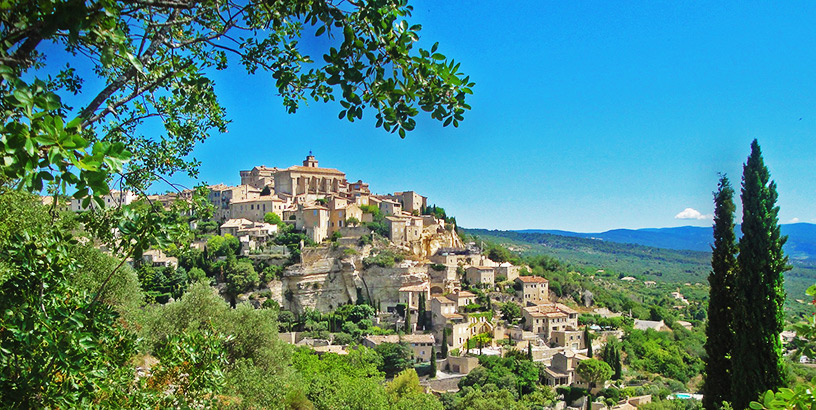
There are so many beautiful villages and attractions to experience along the French Riviera, but my favourites are below! To help you get from point A to B in Europe, don't forget to read this blog for helpful tips.
#1. Cassis
With its quaint port side location and picturesque calanques, Cassis was one of my favourite places to relax and explore the coast.
Cassis has a series of calanques, which translates to inlet, along the coast. They’re basically small beaches framed by steep limestone cliffs. It’s possible to reach three of the calanques – Port Miou, Port Pin and En Vau - on foot.
Hiking in allows you to see the beautiful coastline as you walk across the plateau and descend down into each of the calanques.
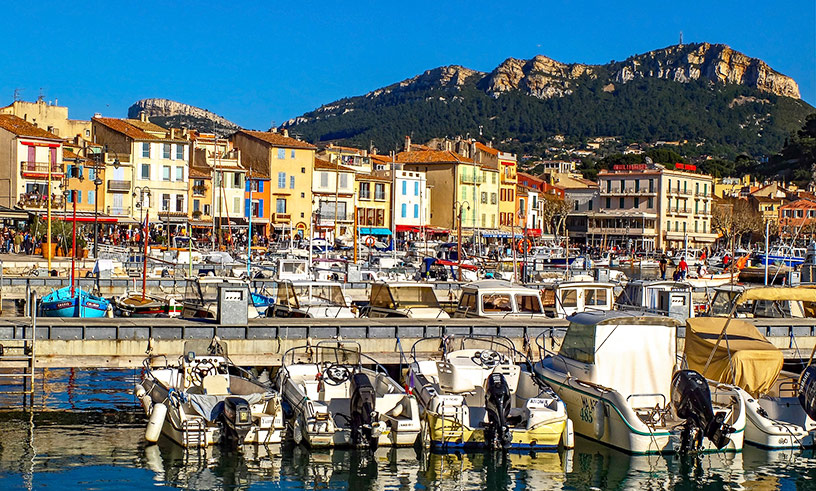
Are you planning to explore more of Europe during the summer months? Check out the top 10 destinations not to miss! #5 may surprise you...
The En Vau Calanque is considered the prettiest of the three but is also the hardest to access on foot – it’s the furthest away from Cassis and also has a very steep climb down and then back up. Depending on your fitness level, expect the hike to take around two hours each way from the Cassis port.
The hike in can get very hot and there is no food facilities at any of the calanques so bring lots of water, food, a hat and sunscreen. And don’t forget your swimmers – after working up a sweat on the hike you’ll be ready for a dip in the beautiful turquoise blue water.
Hiking to the calanques is only possible from June to September. Camping is not allowed in the area.
It’s also possible to visit the calanques by boat. You can go on an organised tour or, if you have a boat licence, you can hire a boat to explore the coast.
#2. Les Baux-des-Provence
Les Baux-des-Provence proclaims to be one of the most beautiful villages in France and it truly is. Set on a rocky plateau, it features panoramic views over the Alpilles region and you can spend a couple of hours exploring the castle ruins. The village is well known for its delicious food and the village also showcases its medieval history with themed activities like archery on offer for visitors.
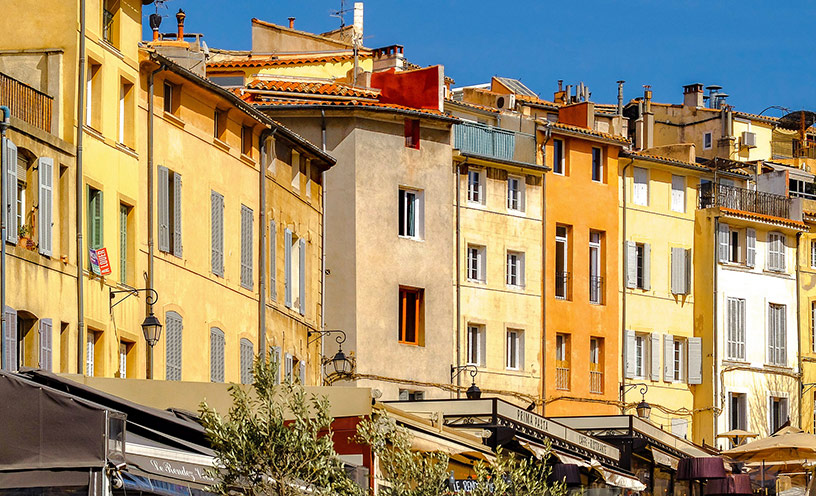
Are you planning to travel beyond France? Here are some travel tips for Europe that you need to know!
#3. Aix-en-Provence
Aix-en-Provence was my first introduction to towns in the south of France and I fell in love instantly. It is one of France’s main university towns and can be visited any time of the year due to its mild climate.
The city features many beautiful fountains and the main boulevard Cours Mirabeau is the best place to begin exploring. Start at the beautiful Rotunde fountain, then walk along the tree-lined boulevard taking in the historical buildings and fountains, before stopping for a bite to eat or coffee at one of the many cafés.
Aix-en-Provence was the home of the famous French artist Paul Cezanne and there are a number of attractions related to his work and life.
Keep an eye out for the stamped ‘C’ in many places around the town to see where artist Paul Cezanne was born, his school, and studio.
#4. Avignon
Avignon is best known for Palace of the Popes (Palais Des Papes) - the largest Gothic style palace in Europe that has served both as a papal residence and as a military fortress and prison. It is one of the most visited sites in France, and you can spend hours exploring 20 rooms including the Pope’s private chambers. When I visited, entry to the palace was €11 ($A17) or buy a combined ticket for €13.50 ($A21) and also visit the Saint Benezet Bridge.
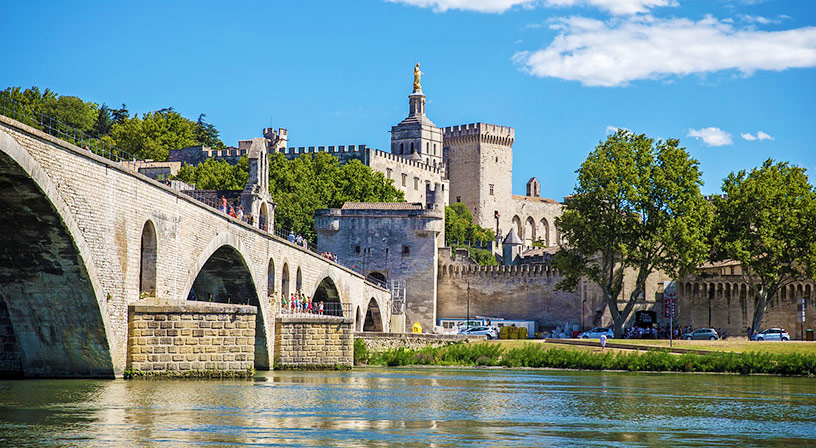
It’s said the Saint Benezet Bridge came about after a young shepherd heard voices from heaven telling him to build a bridge in Avignon. The original bridge was built in the early 12th century, it spanned 900 metres and had 22 arches. It was dismantled in 1226, later rebuilt, but parts were washed away several times by floodwaters. Eventually, attempts to rebuild the bridge were abandoned in the 17th century and today only four arches remain. You can see the bridge at various points along the river or buy a ticket to walk across it.
#5. Pont Du Gard
The Pont du Gard dates back around 2000 years. The bridge stands at nearly 49 metres high, has three tiers of arches, and crosses the Gardon River, near the town of Nimes.
The bridge is part of a 50km aqueduct built to carry water from a spring near Uzés to Nímes and then onto fountains, baths and homes. It is one of the best preserved aqueducts in the world and is an UNESCO World Heritage Site.
You can walk along the first level of the aqueduct – which is a short walk from the carpark. When I visited, the cost of entry per vehicle was €18 ($A28) which covers the bridge entry fee and parking. If you arrive by public bus, which is possible from Avignon and Nimes, entry is €7 ($A11) per person.
#6. Gorges Du Verdon
The Gorges Du Verdon is a 25 kilometre long river canyon. The turquoise blue of the water makes Gorges Du Verdon a beautiful spot to explore by car, on foot or in the water with canyoning, hiking and kayaking all popular activities in the area.
I tried canyoning for the first time in Gorges Du Verdon. A number of canyoning excursions operate from Castellane and range from introductory sessions for a few hours or full day trips. Canyoning excursions start from €35 ($A55).
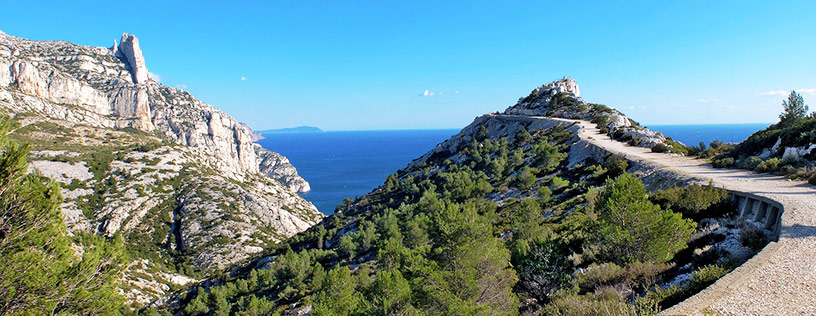
Travel with peace of mind. Get a free quote for travel insurance to Europe!
#7. Gordes and the lavender fields
In July and August, thousands of tourists descend on the area around the village of Gordes to see the stunning rows and rows of lavender. The lavender is at its peak during this time - just before it’s harvested.
It’s a treat for the senses taking in the colour and smell of the lavender. You don’t have to go far to see the lavender, many of the fields are in paddocks alongside the road.
Gordes, a village set into a hillside, is also a must see.
One of my favourite places on the lavender trail is the Sénanque Abbey – a former monastery which is set among vibrant lavender fields.
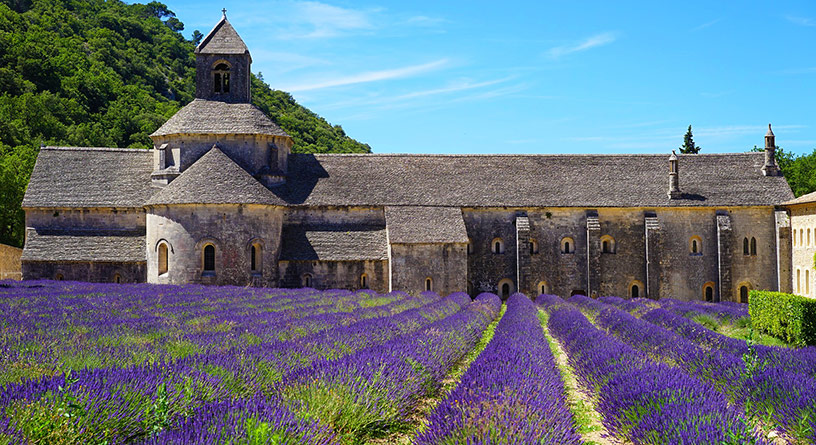
#8. Marseille and the Chateau d’If
The port city of Marseille is a hive of activity with influences from many different cultures, making for bustling streets and a range of food offerings.
The Basilique Notre-Dame de la Garde is probably the city’s most popular attraction owing to its prominent position on the hill above Marseille.
Another place to put on your itinerary is the fascinating Château d'If, which has been utilised as both a fortress and prison. The Château d'If is located on the island of If, about 3km from Marseille’s port. Tours run regularly during the summer months to the island. Château d’If is nicknamed as the ‘original Alcatraz’ – it was considered escape proof due to its isolated location and sea currents.
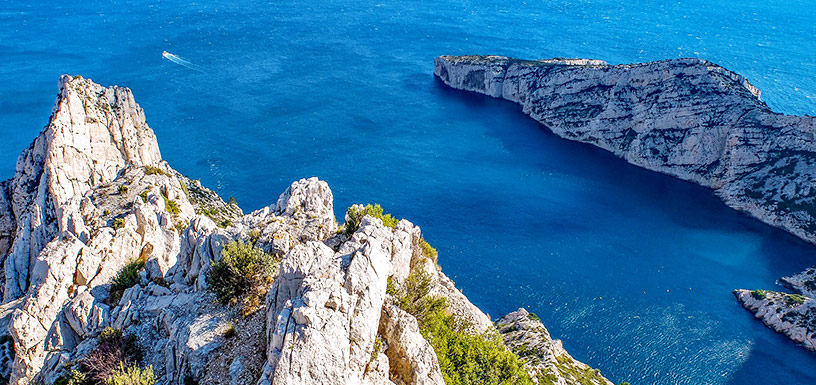
#9. Aigues-Mortes
This village is probably one you’ve never heard of, but is definitely worth a visit if only to take a walk along the wonderfully preserved medieval walls. The town itself is built inside the walls. When I visited, entry was €7.50 ($A12). The ramparts offer great views over the wetlands of the Camargue region and Aigues-Mortes serves as a good base for 4x4 tours, horse riding and hiking activities.
Things you should know when discoving the French Riviera:
- A car is handy to get around the villages in the south. Public transport networks are good, especially the high speed train between Marseille, Avignon and Paris but you’ll be able to see some of the smaller villages off the beaten track with a car and also get around a lot quicker.
- The south of France can get very hot. If you’re doing any outdoor activities such as hiking or mountain biking, make sure you bring plenty of water.
- Hiking trails in the south are often rocky so good footwear is recommended for trails such as the Cassis calanques.
- Make sure you try the little local restaurants in the French villages and sample the Provencal cuisine. The food is very fresh and full of flavour.
Want to find out more about what to do in Europe? See our travel blog here.
Lisa Owen is a pint-sized Australian following her dreams to travel to as many places as she can, and loves to share her photography, travel hacks, hiking adventures, and food discoveries along the way. At last count, she has travelled to more than 60 countries in between working in public relations and discovering hidden gems in Australia's great outdoors. Instagram: @thelittleadventurer. Facebook: The Little Adventurer Australia.
The views, opinions and positions expressed by the author and those providing comments are theirs alone, and are meant as travel inspiration only. They do not reflect the opinions of Cover-More Insurance. You should always read the PDS available from your travel insurance provider to understand the limits, exclusions and conditions of your policy and to ensure any activities you undertake are covered by your policy.
Planning a trip?
Discover Our COVID-19 Cover
To find out what our current* benefits do – and don’t – cover, please read:
Plus, for helpful destination-based COVID-19 information, don't forget to check the COVID-19 Travel Risk Tool before and during travel.
*The cover information contained on the above pages refers to Cover-More policies sold on or after 26 June 2023. For cover information on policies sold prior to this date, please read the relevant PDS.